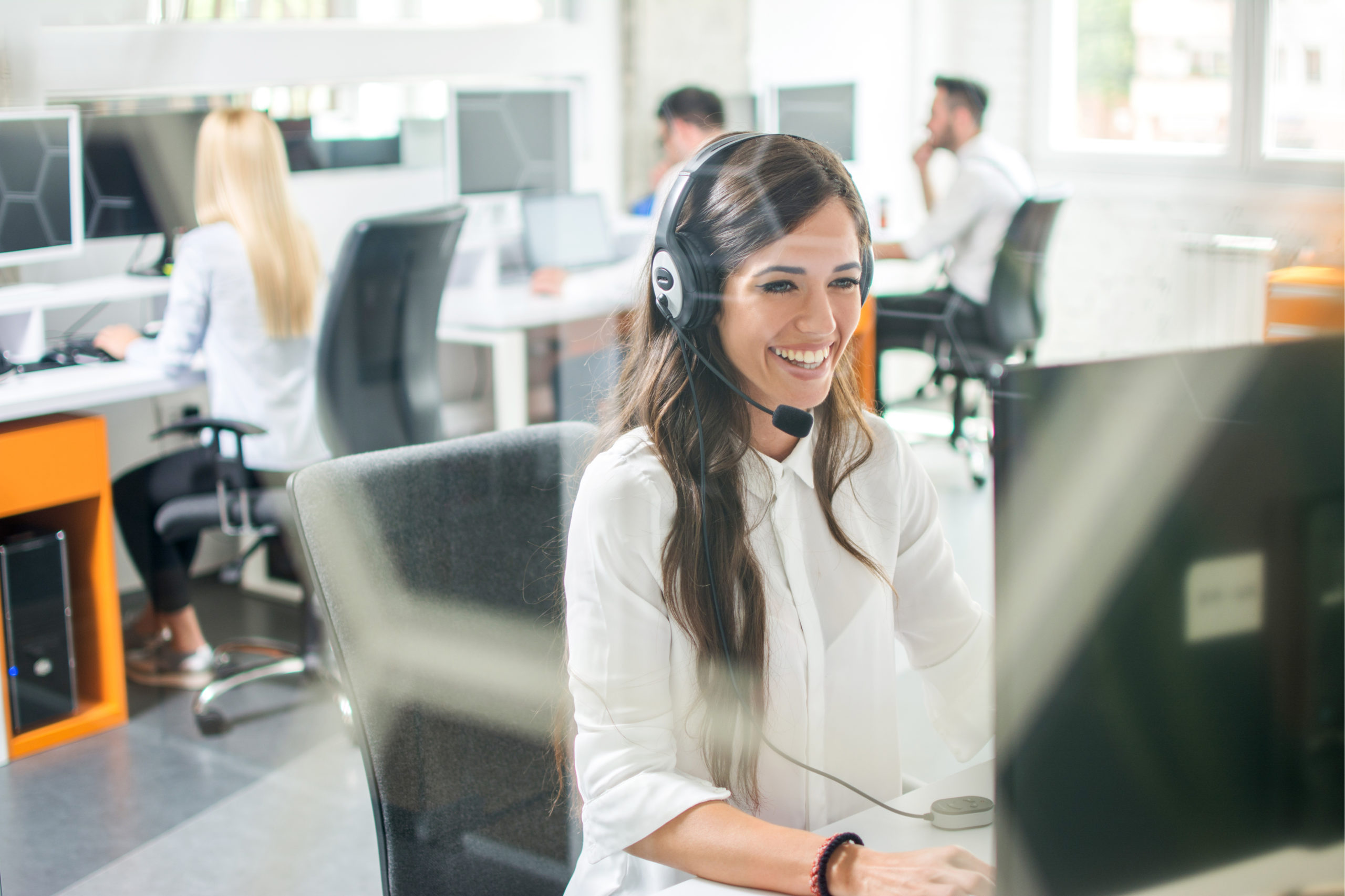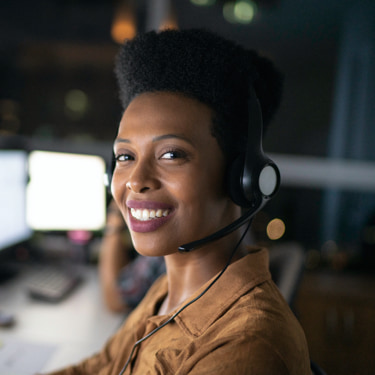All Categories
Featured
Table of Contents
- – Who Makes The Best 6 Statistics That Prove Your...
- – What Are The Top 10 What Is The Difference Bet...
- – What Do Outsource Answering Services In The Us...
- – Where To Buy Best Virtual Assistant Call Answ...
- – What Is The Best Telephone Answering Service ...
- – What Is The Best Telephone Answering Service...
Who Makes The Best 6 Statistics That Prove Your Business Needs A Phone ... - Blog 2023
This device and its followers were designed by Sava Jacobson, an electrical engineer with a private consulting organization. While early answering devices utilized magnetic tape technology, many modern devices utilizes strong state memory storage; some devices utilize a mix of both, with a solid-state circuit for the outgoing message and a cassette for the incoming messages.
"toll conserving" listed below) (business answering service). This is beneficial if the owner is screening calls and does not wish to speak with all callers. In any case after going, the calling party needs to be notified about the call having been answered (for the most part this begins the charging), either by some remark of the operator, or by some welcoming message of the TAD, or resolved to non-human callers (e.
This holds especially for the Littles with digitally saved welcoming messages or for earlier makers (prior to the increase of microcassettes) with an unique endless loop tape, separate from a 2nd cassette, committed to recording. There have actually been answer-only devices with no recording abilities, where the welcoming message had to notify callers of a state of existing unattainability, or e (business call answering service).
What Are The Top 10 What Is The Difference Between An Answering Service And ...?

about schedule hours. In taping TADs the greeting normally includes an invitation to leave a message "after the beep". A voice mail that utilizes a microcassette to tape messages On a dual-cassette answerphone, there is an outbound cassette, which after the defined number of rings plays a pre-recorded message to the caller.

Single-cassette answering makers include the outbound message at the beginning of the tape and incoming messages on the remaining area. They first play the statement, then fast-forward to the next available space for recording, then record the caller's message. If there are numerous previous messages, fast-forwarding through them can trigger a substantial hold-up.
This beep is often referred to in the welcoming message, asking for that the caller leave a message "after the beep". TADs with digital storage for the taped messages do not show this delay, of course. A TAD might offer a push-button control facility, whereby the answerphone owner can sound the home number and, by entering a code on the remote telephone's keypad, can listen to recorded messages, or erase them, even when far from house.
What Do Outsource Answering Services In The Usa - Start From $11/hr Services Include?

Thereby the machine increases the number of rings after which it addresses the call (normally by two, leading to four rings), if no unread messages are currently stored, but responses after the set number of rings (typically 2) if there are unread messages. This allows the owner to learn whether there are messages waiting; if there are none, the owner can hang up the phone on the, e.
Some machines also permit themselves to be from another location activated, if they have actually been turned off, by calling and letting the phone ring a specific a great deal of times (normally 10-15). Some company desert calls currently after a smaller number of rings, making remote activation impossible. In the early days of Little bits an unique transmitter for DTMF tones (dual-tone multi-frequency signalling) was regionally needed for push-button control, because the previously used pulse dialling is not apt to communicate appropriate signalling along an active connection, and the dual-tone multi-frequency signalling was carried out stepwise.
Any inbound call is not recognizable with respect to these residential or commercial properties in advance of going "off hook" by the terminal equipment. So after going off hook the calls should be switched to proper devices and only the voice-type is instantly accessible to a human, however perhaps, nonetheless should be routed to a TAD (e.
Where To Buy Best Virtual Assistant Call Answering Service
What if I told you that you do not need to actually pick up your device when responding to a customer call? Somebody else will. So practical, ideal? Addressing telephone call doesn't need someone to be on the other end of the line. Effective automated phone systems can do the technique simply as effectively as a live agent and often even better.
An automatic answering service or interactive voice reaction system is a phone system that interacts with callers without a live person on the line - telephone answering service. When companies utilize this innovation, clients can get the answer to a question about your business merely by using interactions established on a pre-programmed call circulation.
Although live operators upgrade the customer service experience, lots of calls do not need human interaction. A basic taped message or instructions on how a customer can obtain a piece of info typically resolves a caller's immediate requirement - answering service. Automated answering services are a simple and reliable method to direct incoming calls to the right individual.
What Is The Best Telephone Answering Service - Dexcomm - U.s. Based Product?
Notice that when you call a company, either for support or product questions, the very first thing you will hear is a pre-recorded voice welcoming and a series of choices like press 1 for customer care, press 2 for queries, and so on. The pre-recorded alternatives branch off to other choices depending upon the customer's selection.
The phone tree system helps direct callers to the right person or department using the keypad on a cellphone. In some instances, callers can use their voices. It's worth noting that auto-attendant alternatives aren't limited to the ten numbers on a phone's keypad. As soon as the caller has actually selected their very first alternative, you can design a multi-level auto-attendant that uses sub-menus to direct the caller to the ideal type of assistance.
The caller does not need to communicate with an individual if the auto-attendant phone system can handle their concern. The automatic service can route callers to an employee if they reach a "dead end" and require help from a live agent. It is costly to work with an operator or executive assistant.
What Is The Best Telephone Answering Service Sydney - Virtual Office Sydney Service In My Area?
Automated answering services, on the other hand, are considerably less costly and provide substantial cost savings at approximately $200-$420/month. Even if you do not have devoted staff to deal with call routing and management, an automatic answering service enhances efficiency by permitting your group to focus on their strengths so they can more effectively spend their time on the phone.
A sales lead routed to client service is a lost shot. If a customer who has item concerns reaches the wrong department or receives incomplete answers from well-meaning workers who are less trained to handle a particular kind of concern, it can be a cause of aggravation and dissatisfaction. An automatic answering system can minimize the number of misrouted calls, thereby assisting your workers make much better usage of their phone time while maximizing time in their calendar for other jobs.
With Automated Answering Systems, you can produce a customized experience for both your personnel and your callers. Make a recording of your main greeting, and simply upgrade it regularly to reflect what is going on in your organization. You can develop as lots of departments or menu alternatives as you want.
Table of Contents
- – Who Makes The Best 6 Statistics That Prove Your...
- – What Are The Top 10 What Is The Difference Bet...
- – What Do Outsource Answering Services In The Us...
- – Where To Buy Best Virtual Assistant Call Answ...
- – What Is The Best Telephone Answering Service ...
- – What Is The Best Telephone Answering Service...
Latest Posts
Best Answering Services For Small Businesses Near Me – South East Queensland
Call Management Service
Virtual Reception Solutions ( Hervey Bay)
More
Latest Posts
Best Answering Services For Small Businesses Near Me – South East Queensland
Call Management Service
Virtual Reception Solutions ( Hervey Bay)